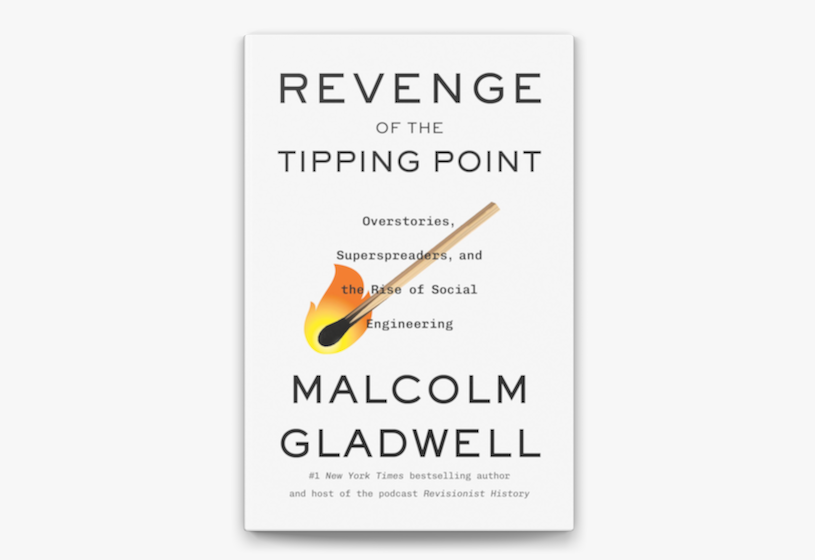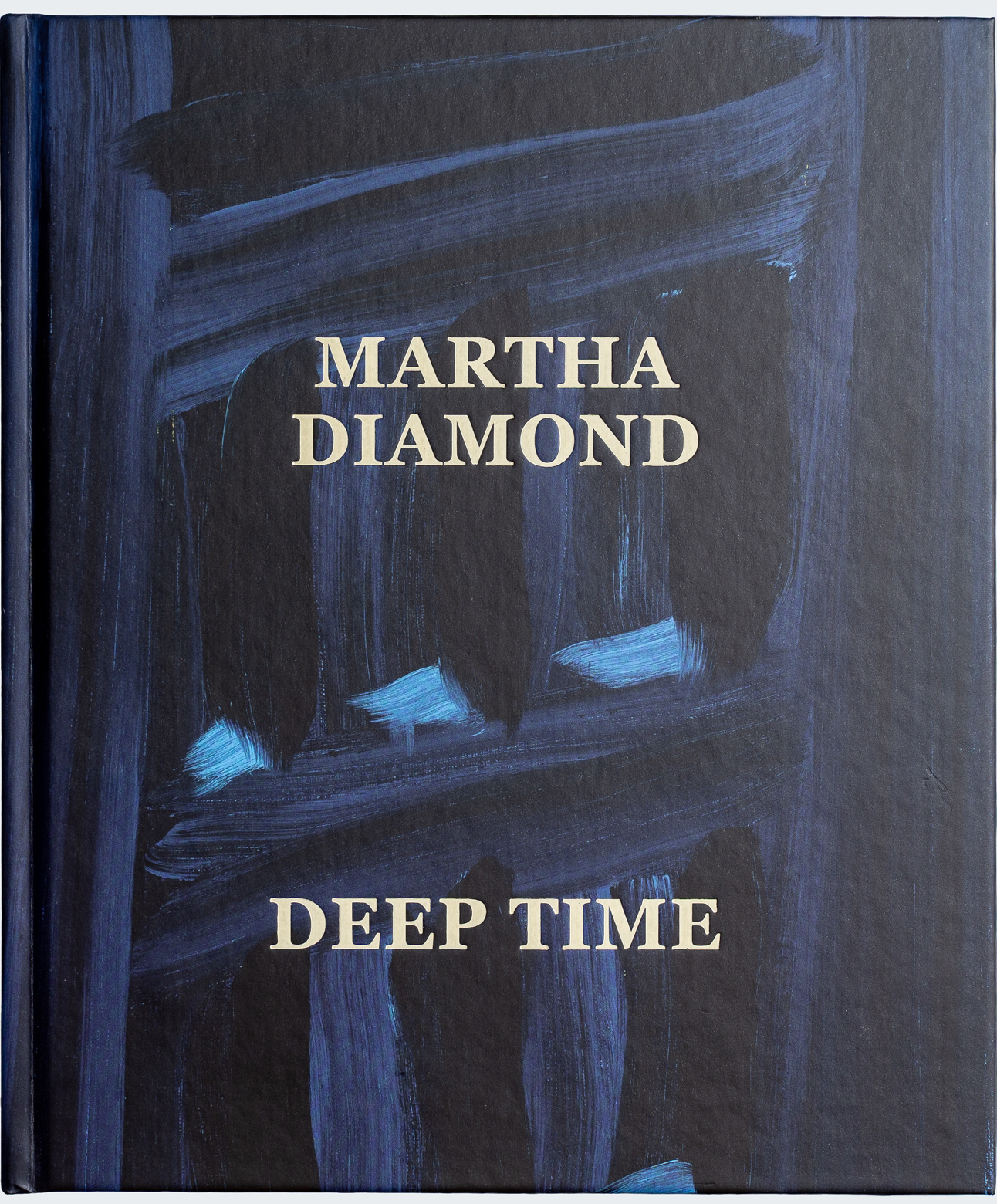“DON’T MESS WITH TEXAS” read the signs at the state line. It was the non-wimpy approach to highway beautification, an anti-littering campaign that didn’t say please.
The man on the radio was hawking a Bible Challenge Contest (“the answers are in the Book”) and an 800-number hot line for Satanists, drug addicts and prostitutes who needed help. Outside was wide-horizon ranch country, a land so flat and treeless you could watch a grain elevator appear as a distant point on the horizon, loom larger and larger as the miles rolled by and finally glide past your window and be gone. We were well shy of the halfway mark on a 10-day journey from Los Angeles to New York, but after two nights in the small-town artiness of Santa Fe it felt good to be whizzing across the high plains of Texas toward Amarillo.

The cars of the “Cadillac Ranch,” buried at the precise angle of the Great Pyramid of Egypt.

 January 11, 1987
January 11, 1987





